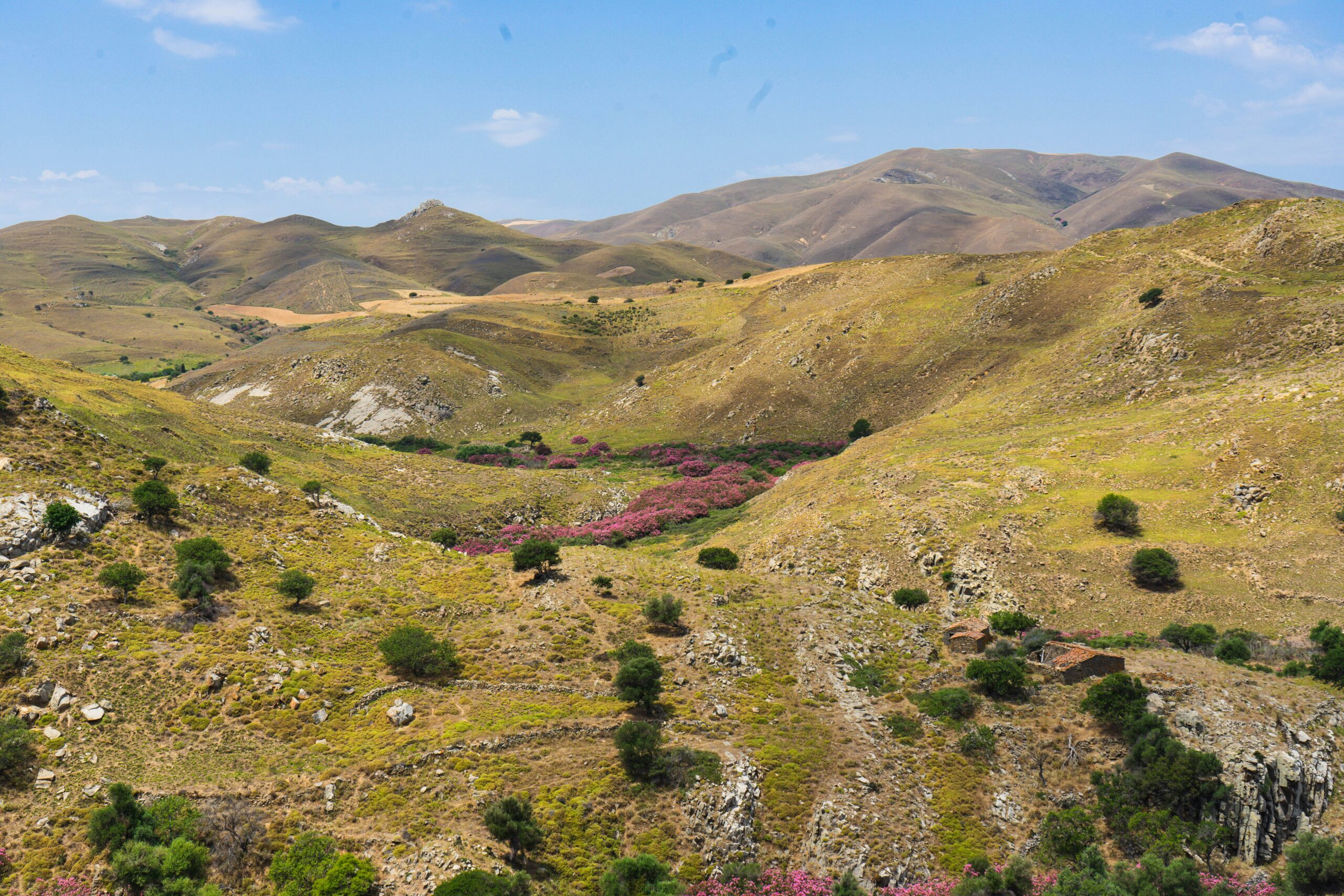Langtang National Park sits in central Nepal. It is Nepal’s first national park in the Himalayas. The park started in 1976. It covers 1,710 square kilometers of land. The park has high mountains and deep valleys. Elevations range from 1,000 to 7,245 meters.
Rich Flora
The park boasts diverse plant life. Lower regions have subtropical forests. You can find oak and pine trees there. Middle elevations have temperate forests. These areas show maple and rhododendron trees. Higher up, you see alpine vegetation. Small shrubs and colorful wildflowers grow there. Spring brings beautiful blooms across the park. The park protects over 1,000 plant species. Many plants have medicinal uses.
Diverse Fauna
Langtang hosts many animal species. Red pandas live in bamboo forests. Snow leopards hunt in higher areas. Himalayan black bears roam the woods. Musk deer hide in dense vegetation. Wild boars dig through forest floors. Langur monkeys swing in the trees. Bird watchers can spot over 250 bird species. Golden eagles soar overhead. The park serves as a refuge for endangered wildlife. Conservation efforts help protect these animals.
Local Culture
The Langtang Valley Trek passes through villages with rich culture. Tamang people mainly live here. They have Tibetan origins. Their culture shows Buddhist influence. Prayer flags flutter in the breeze. Mani walls line the trails. Monasteries dot the landscape. Local festivals celebrate mountain traditions. Villagers welcome trekkers with warm smiles.
Traditional homes have stone walls. Locals farm on terraced fields. They grow potatoes and barley. Yak herding remains important. Handicrafts show local skills. Visitors can taste local cuisine. Butter tea is a special drink here.
Visiting the Park
The Langtang region offers excellent trekking. Trails range from easy to challenging. The best time to visit is spring or autumn. Winter brings snow to higher areas. Summer has monsoon rains. Permits are needed for entry. Guides help trekkers stay safe. Tea houses provide lodging on trails.
Treks last from five to twelve days. The scenery changes with elevation. Views include snow-capped peaks. Kyanjin Gompa is a popular destination. From there, you can see the Langtang Lirung mountain. The 2015 earthquake damaged some areas. But the region has rebuilt well. Tourism helps the local economy grow.
Conservation Challenges
The park faces several threats. Climate change affects glaciers. Illegal logging harms forests. Poaching threatens wildlife. Human settlements create pressure. Tourism brings benefits and challenges. Park rangers patrol protected areas. Community programs build awareness. Conservation needs local support.
Visiting the Langtang Valley helps conservation. Tourism funds protection efforts. Sustainable travel practices matter. Respecting local customs is important. Proper waste disposal helps keep the park clean.
Langtang National Park remains a Nepal treasure. It protects nature and culture. The park offers adventure and learning. Every visitor takes home special memories. The mountains and valleys inspire awe. The people share their heritage proudly.

